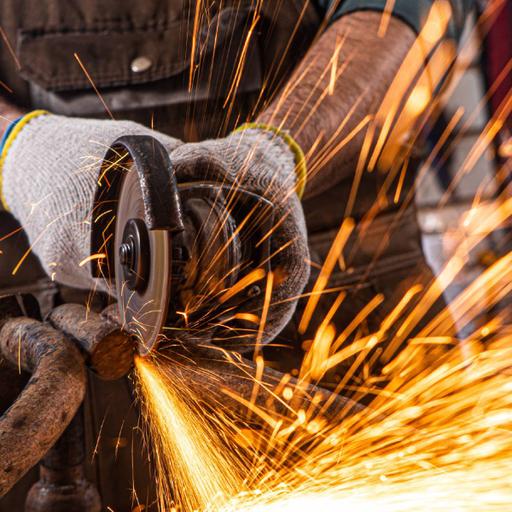Metals & Non-Metals
Presentations | English
"Metals and Nonmetals are different types of materials present around us. Elements can be divided into metals and nonmetals and it is important to know whether a particular element is a metal or nonmetal. Metals (like copper and aluminium) are good conductors of heat and electricity, while nonmetals (such as phosphorus and sulfur) are insulators. Materials are distinguished as above, based on their properties. Majority elements in the periodic table are metals. This includes alkali metals, transition metals, lanthanides, actinides and alkaline earth metals. Metals are separated by nonmetals on a periodic table through a zigzag line starting from carbon, till radon. The elements between the two are phosphorus, selenium and iodine. These elements and elements right to them in the periodic table are nonmetals. Elements present just to the left of the line are termed as semimetals or metalloids. These will have the combined properties of both metals and nonmetals. Very few elements in the periodic table are non-metals. These are present on the right-hand side in the periodic table. Elements that come under non-metals are sulphur, carbon, all halogens, phosphorus, hydrogen, oxygen, selenium, nitrogen and noble gases. In the periodic table, non-metals are located left of the halogens and to the right of the metalloids. Since noble gases and halogens are also non-metals, these elements are often referred to as non-metals."

7.50
Lumens
PPTX (30 Slides)
Metals & Non-Metals
Presentations | English
